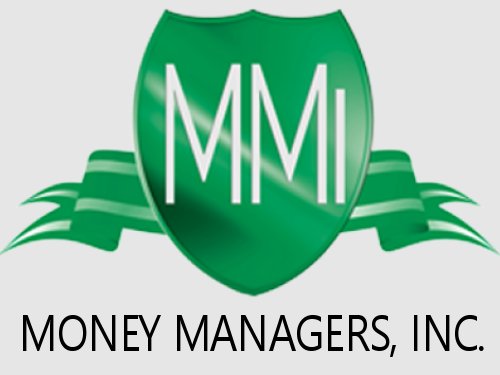Emplopyers Should Know about 401 (K) Vesting Schedules
Presented by Marc Aarons
I hope this finds you well today. I’m reaching out today to touch on the importance of vesting schedules when designing a 401(k) plan for your business and employees. With 88% of workers saying a 401(k) plan is a must-have benefit when looking for a new job, making the right choice as an employer can be the difference between attracting and retaining top employees or being passed over for a competitor.
My hope is that this email will help you explore the benefits, drawbacks, and different options available to employers like you.
By way of reminder, vesting schedules determine when employees gain ownership of employer contributions to their 401(k) accounts. Understanding how they work can help you:
- Boost Retention: Vesting encourages employees to stay with the company longer, reducing turnover costs.
- Motivate Participation: Vesting creates a sense of shared ownership, potentially increasing employee contributions.
- Manage Costs: Forfeited contributions from departing employees can offset plan administration or be reallocated to remaining participants.
However, there are also considerations:
- Recruitment Challenges: Strict vesting schedules can make attracting top talent, especially younger workers, more complex.
- Employee Morale: Long vesting periods can create a feeling of delayed gratification.
- Compliance: IRS regulations limit vesting schedules (three years for cliff vesting and six years for graded vesting).
Vesting Schedule Options:
- Cliff Vesting: Employees gain full ownership after a set waiting period. The length of the cliff is determined by the company and is outlined in the employment agreement. For example, a four-year vesting schedule may require a one-year cliff (a total of five years) before the agreed-upon stock options become fully accessible to the employee.
- Graded Vesting: Ownership increases gradually over time (often three to six years). This fosters a sense of growing ownership but can be more complex to communicate.
Key Considerations:
- Company Culture: Tailor your vesting schedule to your company’s demographics and culture. Younger workforces may respond better to faster vesting.
- Industry Standards: Research vesting schedules in your industry to remain competitive in attracting and retaining talent.
- Legal and Tax Implications: Consult with professionals to ensure your vesting schedule complies with IRS regulations and integrates with your plan document.
With this in mind, make sure you have a way to educate employees about vesting schedules during enrollment and throughout their employment. You’ll also want to revisit your vesting schedule periodically to ensure it remains competitive and effective.
As always, if you have any questions or need further assistance about this topic or anything related to your group benefits, please don’t hesitate to contact me.
Please don’t hesitate to reach out with any questions or concerns.
Marc Aarons may be reached at 714-887-8000 or Email Marc
This communication is from Money Managers, Inc.; a Securities and Exchange Commission registered investment advisor. Information presented is for educational purposes only and does not intend to make an offer or solicitation for the sale or purchase of any securities, and past performance is not indicative of future results. Investments involve risk and are not guaranteed. Be sure to first consult with a qualified financial adviser and/or tax professional before implementing any strategy discussed here.

Comments are closed